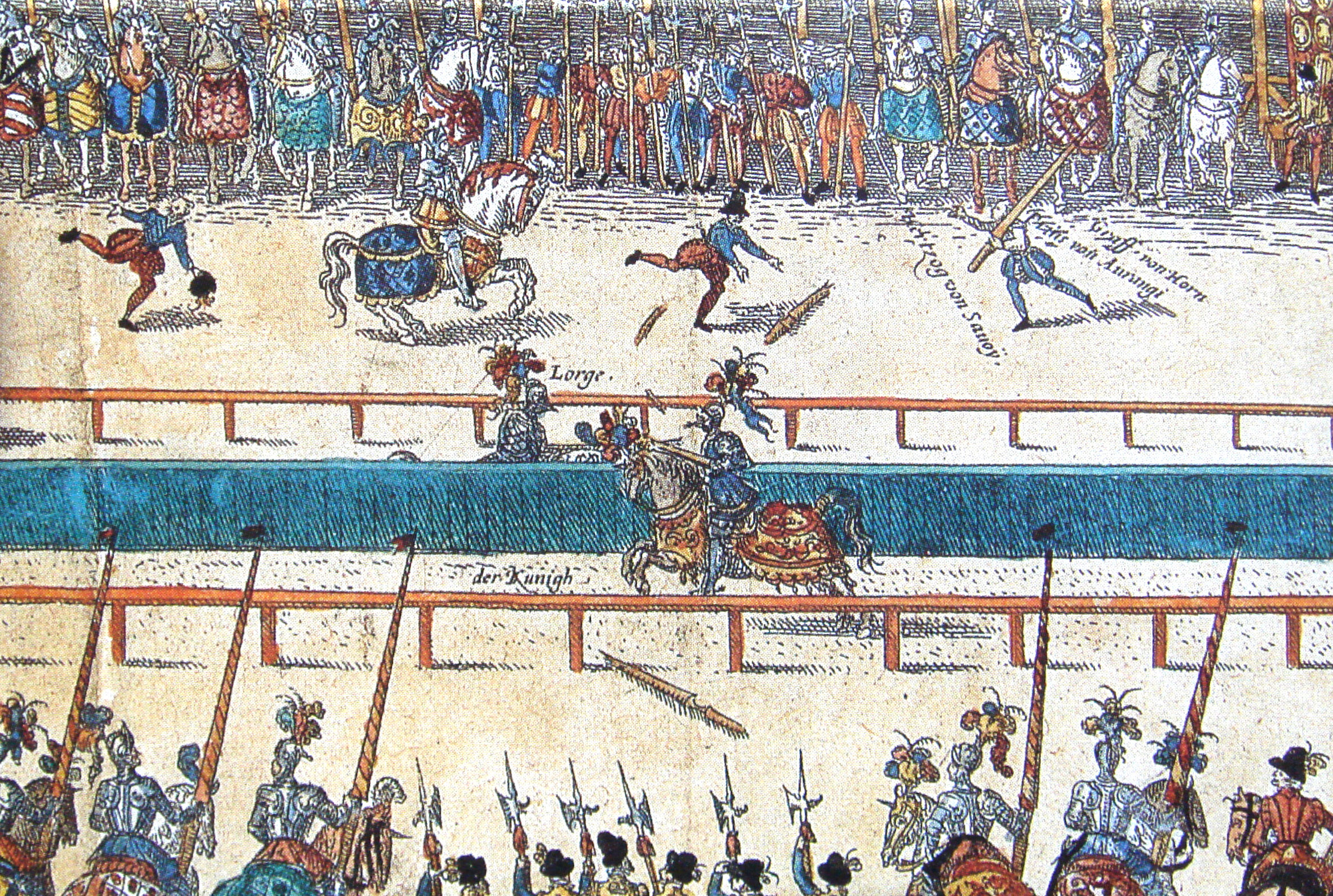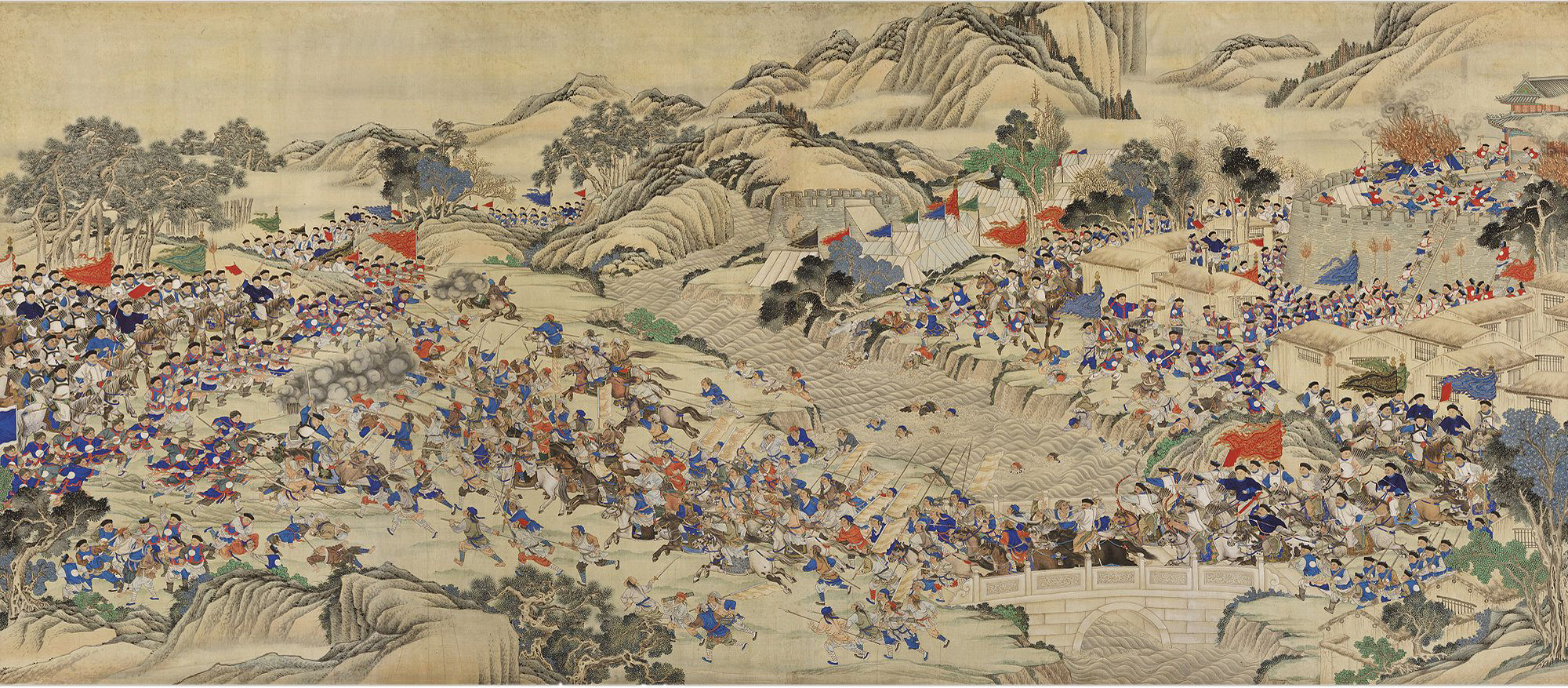|
Couvent Des Jacobins (Saint-Sever)
The Couvent des Jacobins was a Jacobin monastery in the French town of Saint-Sever - Jacobin was the French term for the Dominican Order. It was classed as a historic monument on 6 January 1971. History Founded in 1280 thanks to the support of Eleanor of Castile, wife of Edward I of England, it was partly destroyed in 1569 by Huguenot troops under Gabriel, comte de Montgomery during the Wars of Religion. It was partly rebuilt thanks to the support of père Antonin Cloche, a native of the town who became master-general of the order in 1686. Its cloister and south and west wings were restored in the Languedoc Romanesque style using pink brick and stone. After the French Revolution The French Revolution ( ) was a period of radical political and societal change in France that began with the Estates General of 1789 and ended with the formation of the French Consulate in November 1799. Many of its ideas are considere ... it was re-used as a school, college, agricultural sch ... [...More Info...] [...Related Items...] OR: [Wikipedia] [Google] [Baidu] |
Saint-Sever
Saint-Sever (, Gascon ''Sent Sever'' ) is a commune in the Landes department in Nouvelle-Aquitaine in southwestern France. History and geography Saint-Sever stands on an eminence. It is south of Mont-de-Marsan, on the left bank of the Adour in the Chalosse area. Neighboring communes: Benquet, Bas-Mauco, Audignon, Cauna, Aurice, Montaut, Banos, Coudures, Eyres-Moncube, Montsoué, Montgaillard. The town's abbey was founded by Guillaume Sanche lord of Gascony in the late 10th century. According to the monastic chronicles, this was as the result of a vow he made after the battle of Taller, in Gascony, in which he defeated the Vikings (982). In 1060, after a fire, the abbey was reconstructed on the model of Cluny under the direction of the abbot Gregori de Montaner. The Saint-Sever Beatus was the work of monks working under the direction of the same abbot; Abbot Gregori held the post from 1028 to 1072. Sights Its streets, bordered in places by old houses, ar ... [...More Info...] [...Related Items...] OR: [Wikipedia] [Google] [Baidu] |
Dominican Order
The Order of Preachers ( la, Ordo Praedicatorum) abbreviated OP, also known as the Dominicans, is a Catholic mendicant order of Pontifical Right for men founded in Toulouse, France, by the Spanish priest, saint and mystic Dominic of Caleruega. It was approved by Pope Honorius III via the papal bull ''Religiosam vitam'' on 22 December 1216. Members of the order, who are referred to as ''Dominicans'', generally carry the letters ''OP'' after their names, standing for ''Ordinis Praedicatorum'', meaning ''of the Order of Preachers''. Membership in the order includes friars, nuns, active sisters, and lay or secular Dominicans (formerly known as tertiaries). More recently there has been a growing number of associates of the religious sisters who are unrelated to the tertiaries. Founded to preach the Gospel and to oppose heresy, the teaching activity of the order and its scholastic organisation placed the Preachers in the forefront of the intellectual life of the Middle Ag ... [...More Info...] [...Related Items...] OR: [Wikipedia] [Google] [Baidu] |
Eleanor Of Castile
Eleanor of Castile (1241 – 28 November 1290) was Queen of England as the first wife of Edward I, whom she married as part of a political deal to affirm English sovereignty over Gascony. The marriage was known to be particularly close, and Eleanor travelled extensively with her husband. She was with him on the Ninth Crusade, when he was wounded at Acre, but the popular story of her saving his life by sucking out the poison has long been discredited. When she died, at Harby near Lincoln, her grieving husband famously ordered a stone cross to be erected at each stopping-place on the journey to London, ending at Charing Cross. Eleanor was better educated than most medieval queens and exerted a strong cultural influence on the nation. She was a keen patron of literature and encouraged the use of tapestries, carpets and tableware in the Spanish style, as well as innovative garden designs. She was also a successful businesswoman, endowed with her own fortune as Countess of Ponth ... [...More Info...] [...Related Items...] OR: [Wikipedia] [Google] [Baidu] |
Edward I Of England
Edward I (17/18 June 1239 – 7 July 1307), also known as Edward Longshanks and the Hammer of the Scots, was King of England and Lord of Ireland from 1272 to 1307. Concurrently, he ruled the duchies of Aquitaine and Gascony as a vassal of the French king. Before his accession to the throne, he was commonly referred to as the Lord Edward. The eldest son of Henry III, Edward was involved from an early age in the political intrigues of his father's reign, which included a rebellion by the English barons. In 1259, he briefly sided with a baronial reform movement, supporting the Provisions of Oxford. After reconciliation with his father, however, he remained loyal throughout the subsequent armed conflict, known as the Second Barons' War. After the Battle of Lewes, Edward was held hostage by the rebellious barons, but escaped after a few months and defeated the baronial leader Simon de Montfort at the Battle of Evesham in 1265. Within two years the rebellion was extin ... [...More Info...] [...Related Items...] OR: [Wikipedia] [Google] [Baidu] |
Huguenot
The Huguenots ( , also , ) were a religious group of French Protestants who held to the Reformed, or Calvinist, tradition of Protestantism. The term, which may be derived from the name of a Swiss political leader, the Genevan burgomaster Bezanson Hugues (1491–1532?), was in common use by the mid-16th century. ''Huguenot'' was frequently used in reference to those of the Reformed Church of France from the time of the Protestant Reformation. By contrast, the Protestant populations of eastern France, in Alsace, Moselle, and Montbéliard, were mainly Lutherans. In his ''Encyclopedia of Protestantism'', Hans Hillerbrand wrote that on the eve of the St. Bartholomew's Day massacre in 1572, the Huguenot community made up as much as 10% of the French population. By 1600, it had declined to 7–8%, and was reduced further late in the century after the return of persecution under Louis XIV, who instituted the '' dragonnades'' to forcibly convert Protestants, and then finally revoke ... [...More Info...] [...Related Items...] OR: [Wikipedia] [Google] [Baidu] |
Gabriel, Comte De Montgomery
Gabriel de Lorges, Count of Montgomery, Lord of Lorges and Ducey (5 May 153026 June 1574), was a French nobleman of Scottish extraction and captain of the Garde Écossaise, Scots Guard of King Henry II of France. He is remembered for mortally injuring Henry II in a jousting accident and subsequently converting to Protestantism, the faith that the Scots Guard sought to suppress. He became a leader of the Huguenots. In French-language contexts, his name is spelled Montgommery. Career On 30 June 1559, during a jousting match to celebrate the Peace of Cateau Cambrésis between Henry II and his longtime Habsburg enemies, and two major marriages, namely that of Marguerite, the king's sister, with the Emmanuel Philibert, Duke of Savoy, Duke of Savoy Emmanuel-Philibert, and that of Elisabeth, the king's eldest daughter, with Philip II of Spain, Philip II, king of Spain, a splinter of wood from Montgomery's shattered lance pierced Henry's eye and entered his brain, fatally injuring him. F ... [...More Info...] [...Related Items...] OR: [Wikipedia] [Google] [Baidu] |
Wars Of Religion
A religious war or a war of religion, sometimes also known as a holy war ( la, sanctum bellum), is a war which is primarily caused or justified by differences in religion. In the modern period, there are frequent debates over the extent to which religious, economic, ethnic or other aspects of a conflict are predominant in a given war. The degree to which a war may be considered religious depends on many underlying questions, such as the definition of religion, the definition of 'religious war' (taking religious traditions on violence such as 'holy war' into account), and the applicability of religion to war as opposed to other possible factors. Answers to these questions heavily influence conclusions on how prevalent religious wars have been as opposed to other types of wars. According to scholars such as Jeffrey Burton Russell, conflicts may not be rooted strictly in religion and instead may be a cover for the underlying secular power, ethnic, social, political, and economic ... [...More Info...] [...Related Items...] OR: [Wikipedia] [Google] [Baidu] |
French Revolution
The French Revolution ( ) was a period of radical political and societal change in France that began with the Estates General of 1789 and ended with the formation of the French Consulate in November 1799. Many of its ideas are considered fundamental principles of liberal democracy, while phrases like ''liberté, égalité, fraternité'' reappeared in other revolts, such as the 1917 Russian Revolution, and inspired campaigns for the abolition of slavery and universal suffrage. The values and institutions it created dominate French politics to this day. Its causes are generally agreed to be a combination of social, political and economic factors, which the ''Ancien Régime'' proved unable to manage. In May 1789, widespread social distress led to the convocation of the Estates General, which was converted into a National Assembly in June. Continuing unrest culminated in the Storming of the Bastille on 14 July, which led to a series of radical measures by the Assembly, i ... [...More Info...] [...Related Items...] OR: [Wikipedia] [Google] [Baidu] |
Musée Des Jacobins (Saint-Sever)
The Musée des Jacobins is a museum in Saint-Sever, France, housed in part of the former Jacobin abbey in the town. Its exhibits include several 4th- to 7th-century marble capitals from the 'butte de Morlane' and archaeological objects from the 4th-century Roman villa at Gleyzia d'Augreilh and the abbey itself, as well as a collection of historic postcards of Saint-Sever and the Saint-Sever Beatus, an 11th-century Benedictine illuminated manuscript from Saint-Sever Abbey Saint-Sever Abbey (''abbaye de Saint-Sever'') is a Benedictine monastery in Saint-Sever, Landes, France. It was founded at the end of the 10th century by William II Sánchez of Gascony. It was listed by France as a historic monument on 18 Novemb ... and the only manuscript of its genre. Sources *{{in lang, fr Saint-Sever, ''Cap de Gascogne, guide de découverte'', édité par l'Office de tourisme du Cap de Gascogne Museums in Landes (department) ... [...More Info...] [...Related Items...] OR: [Wikipedia] [Google] [Baidu] |
Dominican Monasteries In France
Dominican may refer to: * Someone or something from or related to the Dominican Republic ( , stress on the "mi"), on the island of Hispaniola in the Greater Antilles, in the Caribbean ** People of the Dominican Republic ** Demographics of the Dominican Republic ** Culture of the Dominican Republic * Someone or something from or related to the Commonwealth of Dominica ( , stress on the "ni"), an island nation in the Lesser Antilles, in the Caribbean ** People of Dominica ** Demographics of Dominica ** Culture of Dominica * Dominican Order, a Catholic religious order Schools * Dominican College (other), numerous colleges throughout the world * Dominican School of Philosophy and Theology, Berkeley, California, United States * Dominican University (Illinois), River Forest, Illinois, United States * Dominican University of California Dominican University of California is a private university in San Rafael, California. It was founded in 1890 as Dominican College by t ... [...More Info...] [...Related Items...] OR: [Wikipedia] [Google] [Baidu] |





